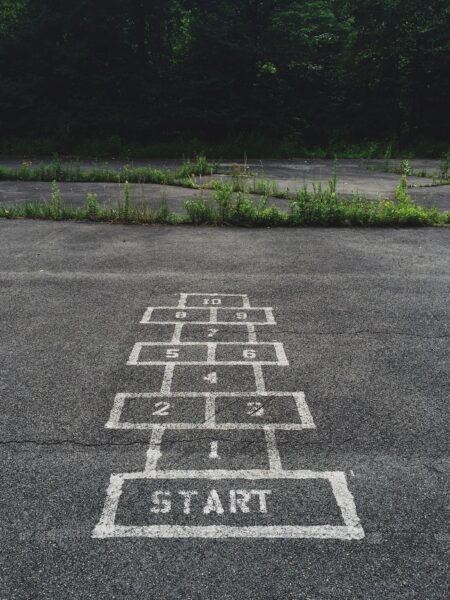As we ready ourselves to start a new school year unlike any other in our history, many districts in our state are once again embroiled in debates about teachers-as-workers and the rights and protections we deserve.
A sticking point in many places strikes me as fundamentally confusing: Whether instructional staff should conduct distance learning or virtual teaching from their physical classrooms or whether they should be permitted the flexibility to do so from off site.
I gotta be honest: This feels like a no-brainer. If students are learning remotely, why should teachers not have the flexibility to do their work from the environment they feel is best for their and their family’s health and safety? Personally, I have decided that I will probably be heading into my classroom unless I’m told I cannot. My preference, though, isn’t shared by others. And those others have valid reasons for not wanting to leave the relative safety of their homes…and even if we as a society seem to have forgotten that we are in the midst of a global pandemic, my colleagues’ valid concerns are literally matters of life-or-death.
My biggest problems with the debate have to do with the reasons being given as to why teachers should report to their classrooms for virtual teaching. None of these reasons, to me, outweigh the personal health and safety of a teacher or a teacher’s family: If our work can be done effectively from a safe environment, why not? (Sadly, local news sources like to stir the pot on this issue, with at least three local outlets in the Portland/Vancouver area doing the old “hey viewer, what do YOU think?” about where and how I and my colleagues ought to do our jobs.) From district leaders, policymakers, parents and the public, I’ve noticed four common arguments for requiring teachers to teach virtually from an empty classroom:
Common Reason #1 for Requiring Teachers to Report to School for Virtual Teaching: The employer has the right to verify that the work they are paying teachers to do is actually getting done. Okay, on the surface, I don’t disagree. How did this happen in face-to-face learning? Admin drop-ins and observations? Stacks of student work or student art on the walls? Student and parent feedback? These, or something analogous, can and will happen in a virtual setting. In fact, a virtual setting inherently creates mountains more potential artifacts that a teacher is “putting in the work.” From last spring, I have hours and hours of videos, mountains of virtual folders of work still in my Google Drive, and electronic data trails far more enduring than much of what was produced by my face-to-face teaching (where there would be whole class periods that might go by filled with interactions, discussions, probing questions, and coaching conversations: none of which necessarily produce any immediately tangible evidence that these ever even happened).
Common Reason #2 is closely related: Last spring there were many teachers working triple duty to do their job well, while others for whatever reason (lack of skill or lack of will) skated by doing much less. In theory, getting every teacher in the building will help with that, since supposedly the administration will have nothing else to do but diligently oversee everyone’s work (sarcasm). This is a classic case of creating policy for all in order to attempt to force the fringes toward different behavior. This is also, however, exceptionally poor leadership. Are there teachers not doing as much as they should? Such a population exists in every profession and also existed in teaching before the world flipped upside down. Rather than create policy that constricts the many, it makes more sense to exert instructional and managerial leadership to remediate the few. Just as it is a disservice to my ready learners for me to engage in sweeping classroom micromanagement to forcibly compel compliance from reluctant learners, it makes no sense to adopt blanket personnel policy for all when what really needs to happen are tough, uncomfortable supervisory conversations with the few who may be shirking their responsibilities.
Common Reason #3: It will make the transition to eventual hybrid or face to face learning easier. Okay: How? I’ve yet to hear a convincing follow-up answer to this. I am concerned about how I can facilitate my students’ eventual transition, but I can handle relocating my own work if needed. The small number of teachers who can’t handle that? Again, like above, that’s a small group and is a management/supervisory issue.
Common Reason #4, the least persuasive: It is bad optics to have teachers working from home. I get that we are public schools. I also understand that the public will have strong opinions about anything and everything teachers do. But again: How many people are we really talking about? No matter what teachers do, ever, there will always be a faction of the public outraged and ready to take it to the supe’s office. Now would be a great time for our leaders to smile and nod at those complainers, and then consider policy that serves the physical and mental health of the employees…those same employees being charged with scaffolding up the physical and mental health of our students. (It is perpetually disheartening to see, nationwide, school systems that refuse to treat employees with the same essential care and humanity they expect those employees to provide for students.)
As the s-word starts to bubble up for various reasons in school districts across the nation, when it comes to where we teach virtually from it feels like we (labor) are fighting a fight we should not have to. Has anyone out there heard valid, compelling reasons why teachers should not have the flexibility to teach from wherever they feel safest during distance learning? Despite what it might seem from this screed, I’m open to having my mind changed.












